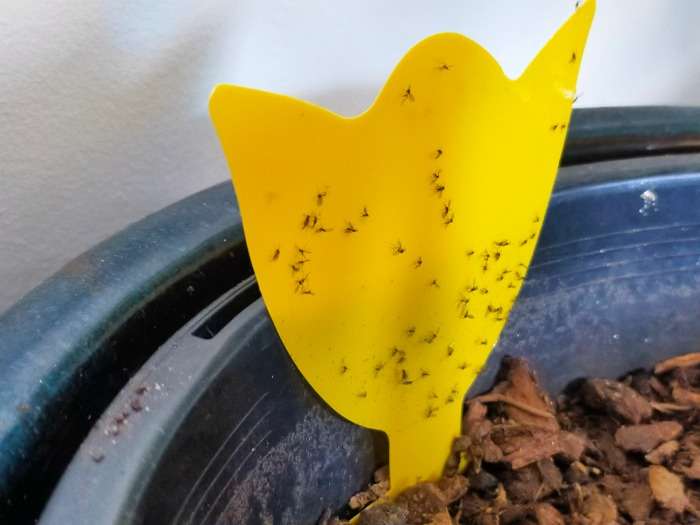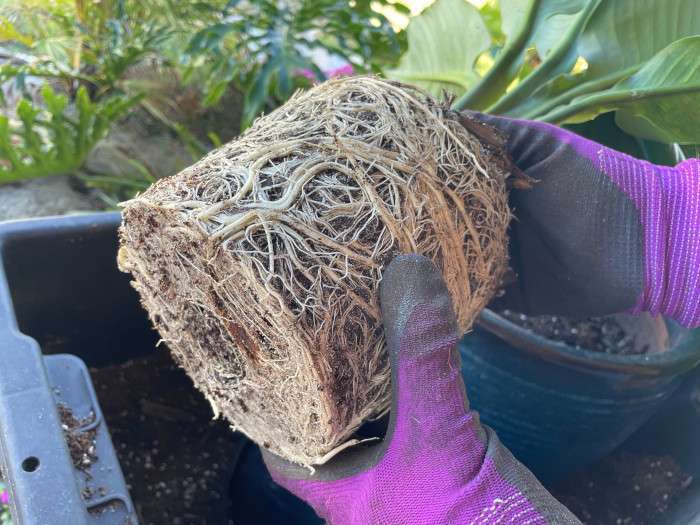If you’ve been noticing mealybugs, aphids, or scale on your plants, you’re probably eager to get rid of them as soon as possible. Luckily, you can easily make an insecticidal spray at home using cheap, easy-to-find ingredients like soaps and oils. We’ll also cover horticultural oils, which, while not homemade, are effective for pest control.
If you’re like me and prefer to avoid harsh chemicals unless absolutely necessary, homemade insecticidal sprays or store-bought horticultural oils can be a great, cost-effective alternative to pricier natural treatments like neem oil sprays. I’ve dealt with my fair share of pests, and I’ve found this method to be an effective solution.
How Does Insecticidal Spray Work?
Insecticidal sprays, which can be made from soaps or oils, work by coating soft-bodied insects like aphids, mealybugs, and scale. This coating suffocates the insects and disrupts their cell membranes.
Soaps: Insecticidal soaps, including certain mild dish soaps, contain fatty acids that are effective in killing pests when they are sprayed directly on the pest.
Oils: Similarly, oils can also be effective on their own. They coat insects and disrupt their protective layers. However, don’t use using harsh oils that can harm your plants. Stick to safe, plant-based oils or those specifically designed for horticultural use.
For both soaps and oils to be effective, they must be sprayed directly on the insects. Spraying it on the plant won’t prevent future pests from walking over it, so it works as a treatment, not a preventative measure.
You can tell if it’s working when pests like scale or mealybugs turn brown after treatment. Otherwise, you may notice a reduction in their numbers over time.

Dish Soap vs. Detergent
When making your own insecticidal spray, it’s important to choose the right soap. Dish soaps made from fatty acids are ideal, but avoid using detergents, which are made with different chemicals that can damage plants. Always read the label to ensure the soap contains minimal additives like fragrances or preservatives.
Safe Soaps and Oils for Plants
Here’s a list of safe ingredients you can use for insecticidal sprays:
- Castile Soap
- Dish Soap (unscented and biodegradable) – Plant based is ideal
- Eucalyptus Oil
- Rosemary Oil
- Vegetable Oil
- Horticultural Oil (White Oil) – while not homemade, it’s effective and safe for use on plants
DIY Insecticidal Spray Recipes
Here’s a simple approach to making your own insecticidal spray using some simple ingredients. These DIY recipes are not only effective but also safe for your plants and the environment.
Materials needed
Sprayer (A small handheld or pump sprayer)
Water (Tap water is fine)
Mild Soap or Oil (like castile soap, or vegetable oil)
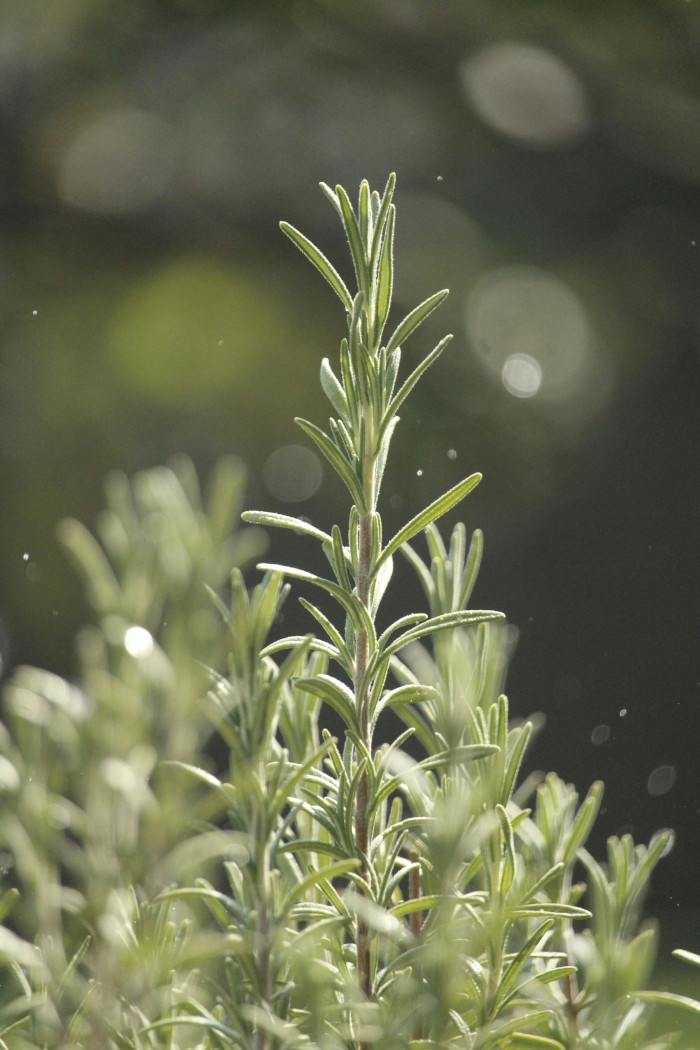
Combined Oil and Soap Insecticidal Spray Recipe
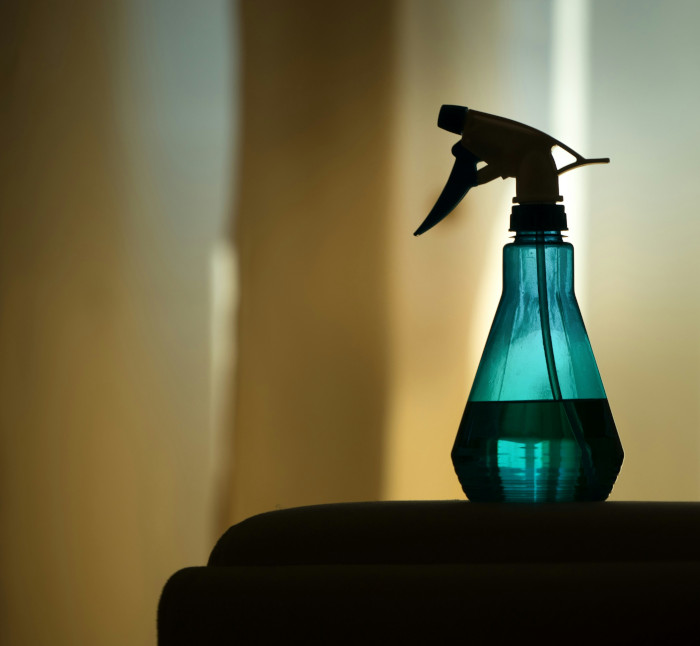
- 1 tablespoon vegetable oil (or any of the safe oils)
- 1 tablespoon Castile soap (or another mild liquid soap)
- 1 litre (or about 1 quart) of water
This recipe is likely the most effective choice, as the soap helps the spray stick to the insects, while the oil adds extra insect-killing power. I recommend using this if you’re dealing with a serious infestation. If I’m not using a horticultural oil this is my go to recipe.
Oil-Only Insecticidal Spray Recipe
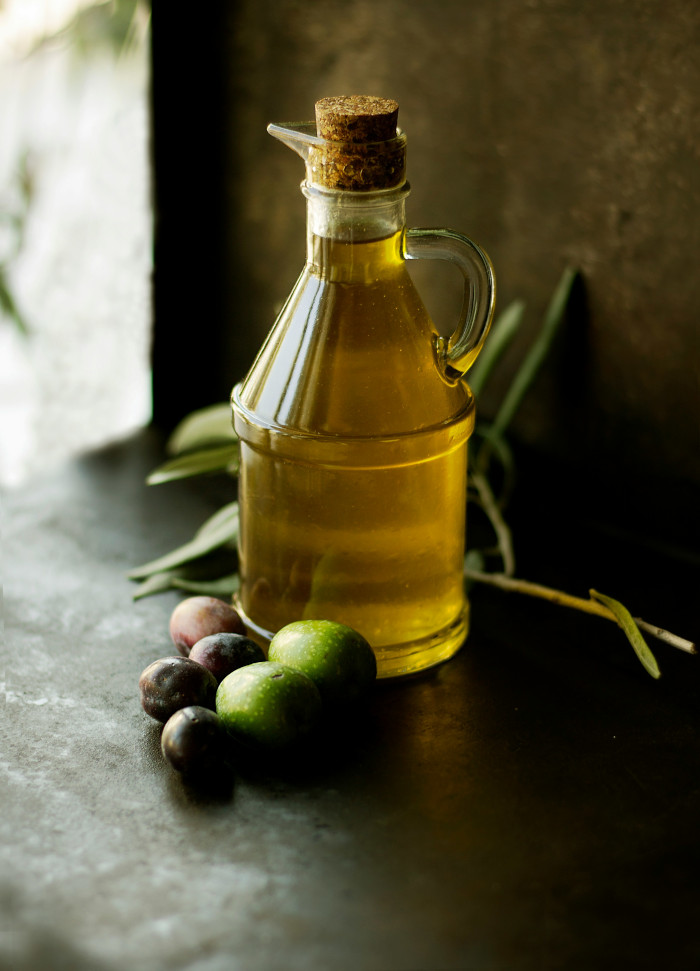
- 1-2 tablespoons vegetable oil (or any of the safe oils)
- 1 litre (or about 1 quart) of water
This oil-only recipe is a great option for lighter infestations or as a preventative measure. The strong scents of the oil can help mask your plant, making it less attractive to pests and reducing the likelihood of future infestations. Since the oil tends to separate, be sure to mix it well before each use.
Soap-Only Insecticidal Spray Recipe
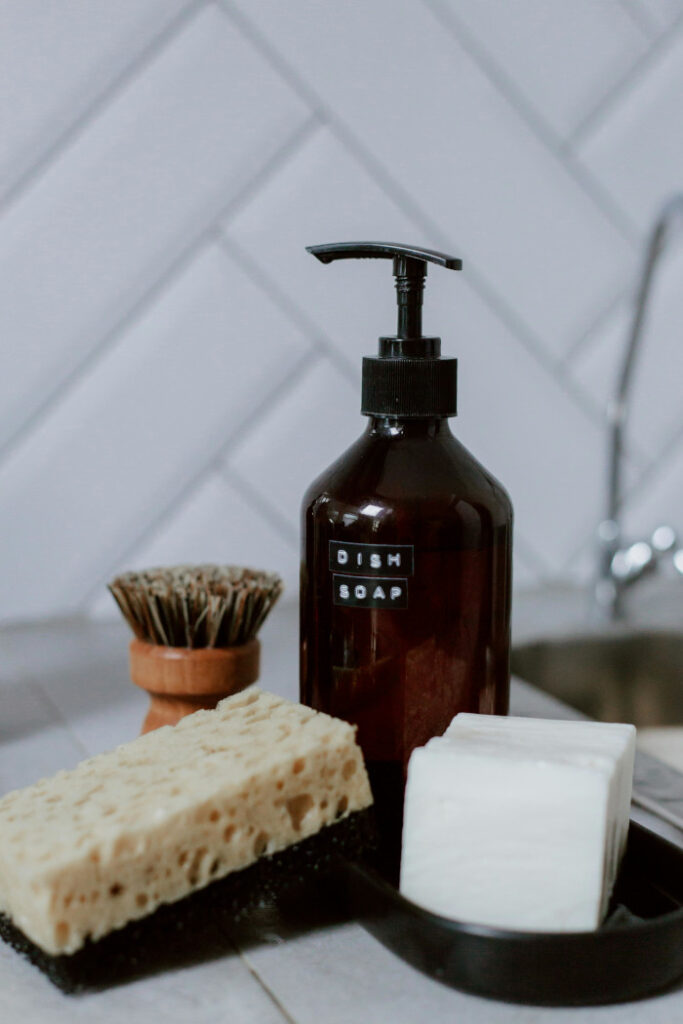
- 1-2 tablespoons Castile soap (or another mild liquid soap)
- 1 litre (or about 1 quart) of water
This soap-only recipe is perfect for targeted treatments against soft-bodied pests. It effectively coats the insects, making it a simple and effective option. Just remember to mix well before each use, as the soap can settle over time. Ideal for smaller infestations, this recipe is a great way to give your plants some extra protection!
How to Mix and Apply Insecticidal Spray
- Add Ingredients: I like to put the oils and soaps first then fill with water.
- Mix Thoroughly: Give it a shake and a stir to mix it all together.
- Apply the Spray: Spray on top and underneath the leaves until the plant is dripping.
Sprayer Tips and Safety
I recommend getting a pump-action sprayer, as it makes spraying lots of plants easier and less tiring. it’s good practice to only mix as much as you need as older mixes tend to lose effectiveness and can congeal, making a mess.
When choosing a size, I find that 1L or 2L (about 1/2 gallon) sprayers are ideal. They provide enough solution to cover a decent number of plants while remaining small enough to ensure you’ll use it all in one session. If you’re in the US, a 1-gallon sprayer is also a comfortable choice.
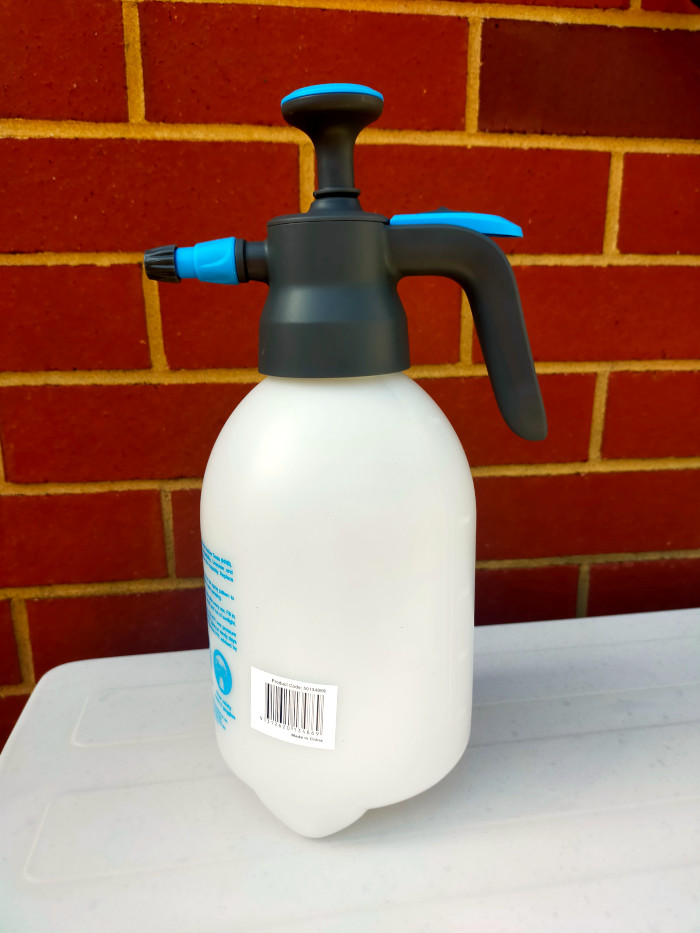
Warning: Once it becomes hard to pump, stop immediately! Continuing to pump could cause the sprayer to explode due to too much pressure. This happened to me once—luckily no harm done, but it was quite a shock!
When using different sprayers, I like to label them to avoid cross-contamination. I usually have one for my regular insecticidal pest spray and another for fungus treatments. While you can generally clean a sprayer by rinsing it out three times, I prefer to keep them separated for safety.
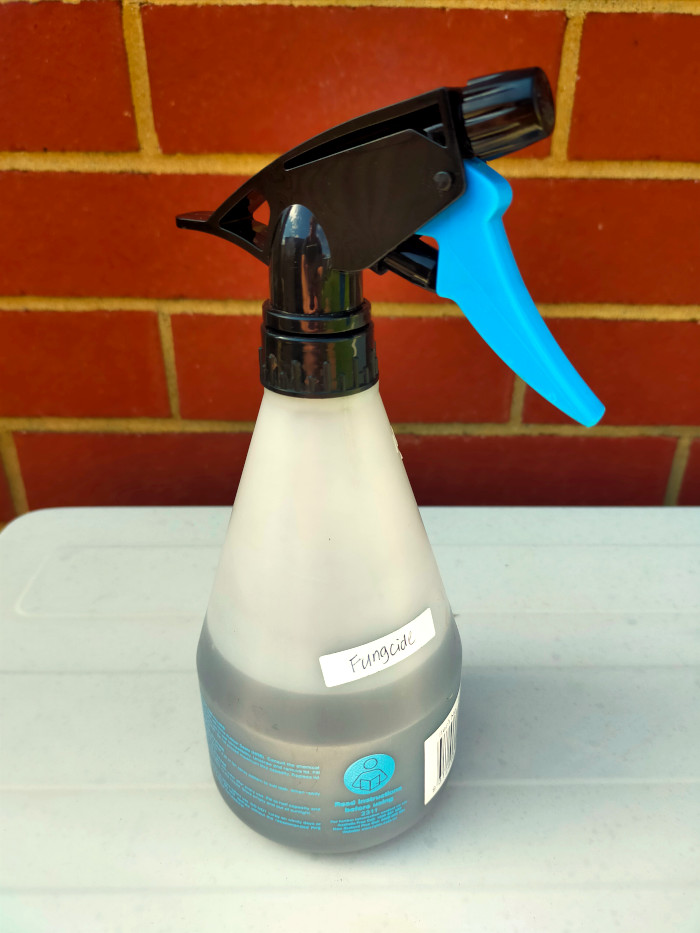
If you need to dispose of excess mix, pour it onto a sunny, sandy spot where the sun and soil bacteria can help break down the compounds. Just make sure your mix contains only biodegradable ingredients to avoid harming the environment. If you’re using chemical-based products, always dispose of them according to the manufacturer’s instructions.
Precautions for Using Insecticidal Sprays
Concentrations that are too strong can damage the protective coating of leaves, and some plants may be more sensitive than others. It’s always a good idea to test a small patch before spraying the whole plant. Apply the spray to one leaf and wait a few days to see if there’s a negative reaction. If everything looks fine after a few days, it’s probably safe to spray the entire plant.
Conclusion
Using homemade insecticidal sprays is a safe and effective way to deal with pests like mealybugs, aphids, and scale without resorting to harsh chemicals. By using simple ingredients like soap and oil, you can protect your plants while being mindful of the environment and your health.
Once you have sprayed your plants, you should start to notice changes in about two weeks. So give one of these recipes a try and let us know if it worked for you. Maybe you have your own recipe you would like to share, let us know in the comments.

